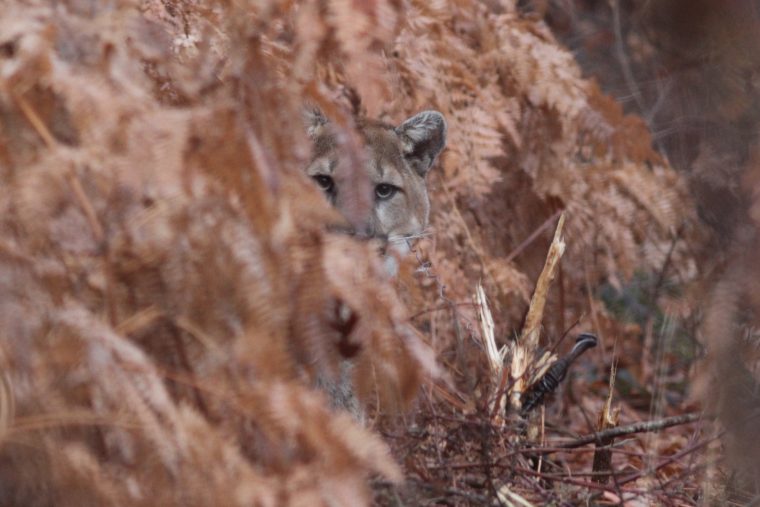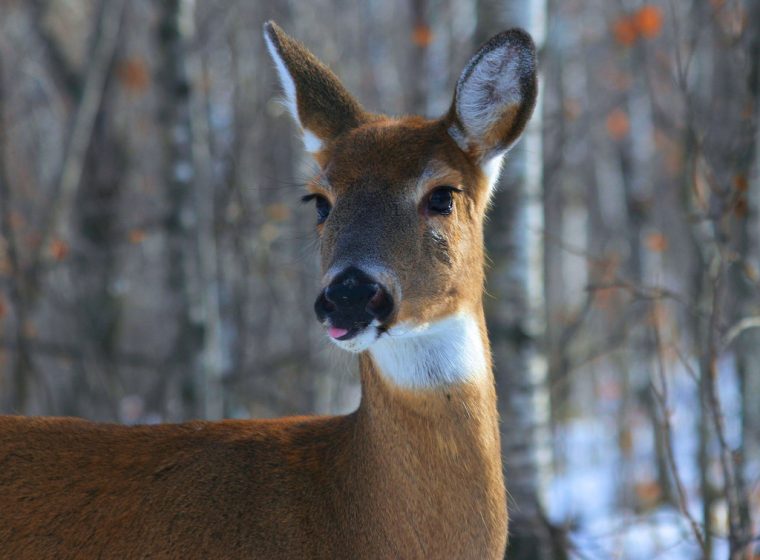The Eastern Cougar Is Officially Extinct, and Why That’s Bad for Drivers

Photo: Joseph Blowers
People who know much about the Eastern Cougar know that, for a long time, the subspecies (apparently signified by a slightly smaller head than western relatives) had been in serious danger of complete disappearance, and then for some time has been presumed extinct in the wild as destruction of habitat and a human population unwilling to be next-door neighbors to a mountain lion caused its population to collapse. Now, though, as the US Fish and Wildlife Service hasn’t seen any evidence that the increasingly rare cat exists at all in the wild since before 2011, as of February 22nd the body will declare the Eastern Cougar officially extinct.
Working Steadily: These are the best Chevy trucks for busy contractors
Like I noted in an article about a study published back in July, the decline of mountain lions has led to an increasing problem that particularly menaces our roadways: lots and lots of deer. In the east, besides people and now-driven-out populations of wolves, mountain lions had been one of the principal predators of white-tailed deer, whose population has boomed in the absence of large predators and limited hunting seasons.

Just look at this smug jerk
Image: Stuart Oikawa
The dangers on the roadways are particularly visible in West Virginia, where according to a study by State Farm®, of all the insurance claims entered, one out of every 43 drivers was in a crash with a deer.
Back in July, the study reported that deer cause more than 200 deaths and 29,000 injuries per year (not to mention $1.66 billion in damage), although that was citing a study from 1995 – since which time deer populations have undoubtedly grown.
Work Hard, Play Hard: These trucks are ideal for both the work site and the fishing hole
It seems that there is a bit of a bright spot for cougar populations in the US, though, as although this particular subspecies has been declared extinct, the rest of the species, which historically has ranged west of the Rocky Mountains, has been gradually been extending their population across the Midwest, sending young males very far afield – one in particular killed by car accident in 2011 had traveled from his home in South Dakota all the way to Connecticut.
So, between some advocating for a purposeful reintroduction of cougar populations and the species’ apparent intent to do it themselves, our roads may shortly be safer from one of the most dangerous large mammals to people in the US. Just remember to drive safely and watch the forest carefully, until the mountain lions can come and eat them.
News Sources: Mother Nature Network, Outside Magazine, Conservation Letters, State Farm, US Fish and Wildlife Service

The News Wheel is a digital auto magazine providing readers with a fresh perspective on the latest car news. We’re located in the heart of America (Dayton, Ohio) and our goal is to deliver an entertaining and informative perspective on what’s trending in the automotive world. See more articles from The News Wheel.

